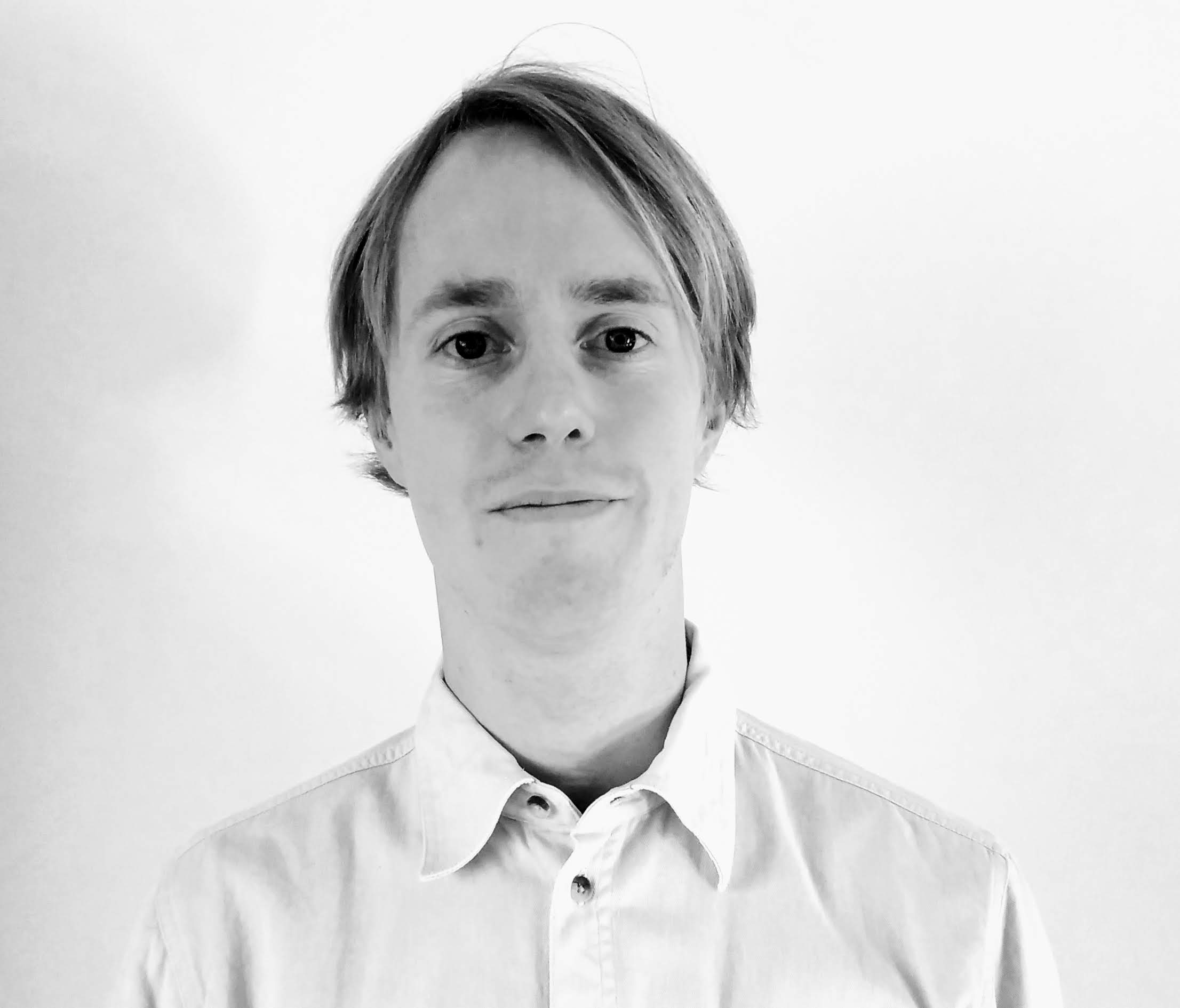PhD Defence Søren Rasmussen- The Signaletic Anarchive: New Perspectives on Representation, Temporality, and Knowledge Mobilisation in Interaction Design
Oplysninger om arrangementet
Tidspunkt
Sted
Zoom - link will be sent after deadline for registration

The defence will be conducted online via Zoom. If you would like to attend the defence, please register online here no later than 7 Dec. 2020 at 12 CEST.
Assessment committee:
· Andrew Murphie, Associate Professor, Arts and Social Sciences, UNSW, Sydney, Australia
· Nanna Bonde Thylstrup, Associate Professor, Digital Media, Copenhagen Business School, Denmark
· Peter Dalsgaard, Professor, Information Studies, School of Communication and Culture, Aarhus University, Denmark (Chair)
Main supervisor:
· Bodil Marie Stavning Thomsen, Professor MSO, Department of Scandinavian Language and Literature,
School of Communication and Culture, Aarhus University, Denmark
Co-supervisors:
· Jonas Fritsch, Associate Professor, The Digital Design Department, IT- University of Copenhagen, Denmark
· Kim Halskov, Professor, School of Communication and Culture, Aarhus University, Denmark
The defence is public, and everybody is welcome; the defence, scheduled for a maximum of three hours, will be held in English.
The dissertation will be available to borrow for reading before the defence in a digital version. If you wish to read the dissertation, please contact Søren Rasmussen at this email sras@cc.au.dk no later than 7 Dec. 2020 at 12 CEST.
ABSTRACT
This dissertation conveys research from a PhD project through which I have explored the notion of the anarchive as a potential resource for the study and the design of interactive experience. The research is motivated by an interest in the new ways of preserving and distributing knowledge through real-time interfaces and how this might reconfigure experience and power relations. The aim of the dissertation is to propose the anarchive as a conceptual leeway for interaction design, as a field and discipline, to detach itself from archaic ideas of representation and time. This may propel creative and analytical engagement with that which is in excess of the archive, or what has traditionally been treated as ‘noise’ in communication.
Through a range of design experiments, empirical studies, and analyses of interactive designs and artworks, I explore current and possible ways of mobilising knowledge in design processes and in real-time interface encounters. Through process philosophy, I move beyond Jacques Derrida’s deconstructive work on the archive/anarchive and Wolfgang Ernst’s work on the regenerative operations of the digital archive.
Three general contributions are identified from the dissertation:
The first main contribution is a conceptual development of the anarchive in the context of interaction design. Central to this contribution is the argument that an anarchival amplification has been effectuated by real-time processing. Along with the anarchive, I explore notions of the archive, the event, and the signaletic material as conceptual contributions to an experiential design vocabulary.
The second main contribution is an empirical inquiry into the ways in which knowledge is recognised and mobilised in and beyond design processes. I offer insights into how design researchers and practitioners value, represent, and share knowledge, and I develop tools and practices that may reconfigure power relations and push for differential ways of knowing.
The third main contribution is a set of design concerns pertaining to the anarchive. These design concerns aim to tie interaction design closer to its event-based nature through a range of concrete design articulations and discussions of the potential for event-driven design processes.
Altogether, the dissertation emphasises a need to rethink sense-making procedures beyond static representation and instead look into how modulating signals perpetually change the very conditions for communication to occur, thereby revealing new challenges and opportunities for interaction design.
